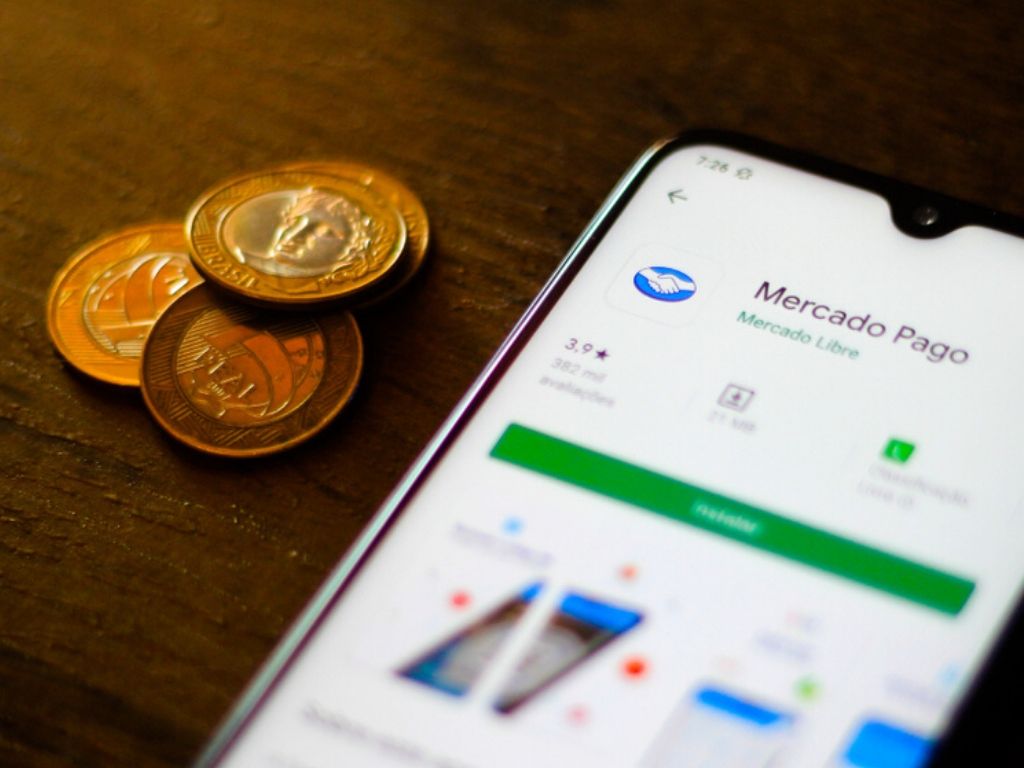
24 February, 2020
Mercado Libre gets closer to becoming a bank, targets credit growth
Este contenido es exclusivo para la comunidad de iupana. ¿Quieres unirte a nuestra comunidad de líderes de banca, fintech y pagos - y acceder a este contenido exclusivo?
Ya tienes un registro? Inicia sesión
